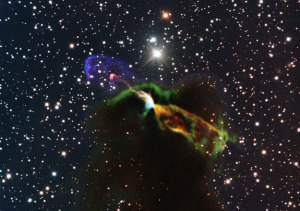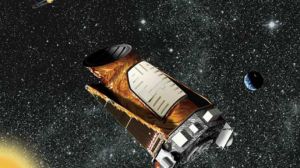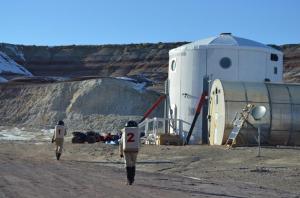Private space flight company SpaceX made history on Monday, December 21, launching its Falcon 9 rocket into space and landing it intact back on Earth.
The launch took place at Cape Canaveral Air Force Station, Florida. The rocket delivered 11 communications satellites into low Earth orbit for the Orbcomm-2 mission. The rocket was able to land intact through the use of vanes and boosters to lessen its return velocity.
“I do think it’s a revolutionary moment,” SpaceX founder Elon Musk said in a press conference. “No one has ever brought a booster, an orbital-class booster, back intact. We achieved recovery of the rocket in a mission that actually deployed 11 satellites. This is a fundamental step-change in technology compared to any other rocket that has ever flown.”
Reusable rocketry could help usher in a new age in space exploration by dramatically cutting the cost of space flight.
“I think it really quite dramatically improves my confidence that a city on Mars is possible,” Musk said. “That’s what all this is about.”
Check out a video of the landing below:







